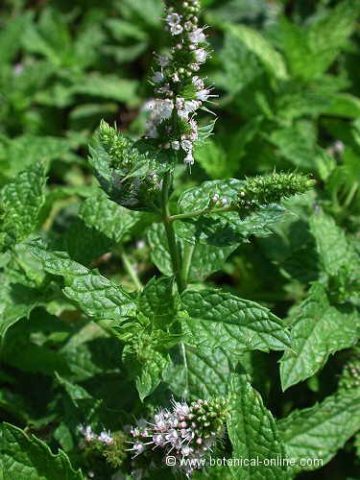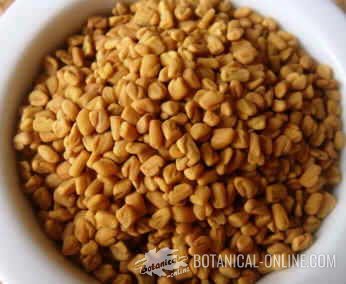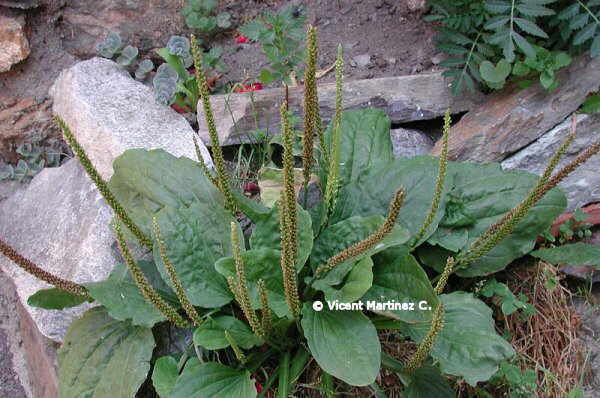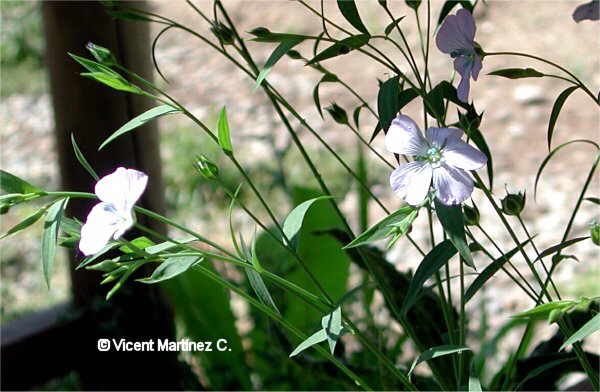Contents
Properties and toxicity of menthol
PRECAUTIONS WITH MENTHOL

Characteristics of menthol
Menthol (C10H19OH) is a crystalline substance that is derived synthetically from the mints. It was first isolated by Jerome David Gaubius from peppermint. It is a colorless or white substance, smelling of mint, which produces a very fresh feeling in the mouth or nose. Remains solid below 28 or 38 º C.
Menthol has many properties. It is a good painkiller, even presents anesthetic properties in large quantities. It has antibacterial and antiseptic properties, being able to defeat bacilli, streptococci, staphylococci, candida and salmonella.
It also has antispasmodic gastrosedative, carminative, choleretic, antihalitosic and miorelaxant properties. It is a good anti-inflammatory, antipyretic, decongestant, expectorant and bronchomucolitic.
Uses of menthol
Because of these properties menthol is widely used in many industries, such as the following:
- Pharmaceutical industry (balm for the throat, analgesics, decongestants, treatment of burns, patches for pain, etc.)
- Beverage industry
- Candies or gums industry
- Tobacco industry (menthol cigarettes, to reduce irritation of the throat or to remove the smell of smoke)
- Mouthwash or toothpaste industry
- Beauty products or cosmetics industry (shampoos, perfumes)
- Insecticide industry
- Etc.
Plants containing menthol
Curiously, it is not the essential oil of mints (Mentha spp.) the part of a plant which contains more menthol, but the essential oil of sunflower (Helianthus annuus), followed by mint species, such as Mentha arvensis, Mentha piperita, Mentha pulegium, and Mentha aquatica.
In general, the spices of the mint family – Lamiaceae – are very rich in this component.
Other plants not belonging to this family that also contain menthol are:

Juniperus communis photo Essential oil of sunflower (Helianthus annuus)
- Japanese mint ( Mentha arvensis var. piperascens)
- Peppermint ( Mentha x piperita)
- Pennyroyal ( Mentha pulegium)
- Water mint (Mentha aquatica)
- White-leaved Savory (Micromeria fruticosa)
- Virginia mountain mint (Pycnanthemum virginianum)
- Scented Geranium (Pelargonium graveolens)
- Tarragon (Artemisia dracunculus)
- Lesser calamint (Clinopodium nepeta)
- Bligleaf mint (Mentha x rotundifolia)
- Basil (Ocimum basilicum)
- Juniper (Juniperus communis)
- Yarrow (Achillea millefolium)
- Cabbage (Brassica oleracea)
- Tea (Camellia sinensis)
- Sage (Salvia officinalis)
- Elder (Sambucus nigra)
- Maize (Zea mays)
Menthol toxicity
Mint essential oil, rich in menthol, is toxic and can be fatal to an adult with a single dose of a teaspoon. This oil should be diluted so it can be used.
The essential oil of plants containing menthol can dramatically lower blood pressure in young children causing them cardiac depression. Therefore these oils are not suitable for children, even used topically as an ointment or aspirated through the nose. (By inhaling the vapors of menthol, the children can suffer suffocation because of the spasm of the larynx).
Internal use of mints oils can cause convulsions or cramps. Applied internally, even diluted, can cause sleep problems or nervousness in some sensible people.
Although mint leaves, used in therapeutic amounts, should generally not to be toxic, children should not ingest herbal teas made with mint leaves. It should not be used with people with hiatal hernia since it may increase heartburn.
The ability of menthol to relax the esophageal valve can worsen acid reflux. Nor should these plants be used if the patient is affected from gallstones.
Essential oils containing menthol should never be administered to pregnant or breastfeeding women. Menthol has abortive properties and breastfeeding women can transfer its properties to the baby through the milk. It is neither advised to take mint leaves preparations in these latter cases.
People suffering from liver diseases should abstain taking mint essential oil preparations. All the same for people with some intestine disorders, such as ulcerative colitis, Crohn’s disease or irritable bowel syndrome. It is neither recommended for patients who suffer from neurological diseases, such as Parkinson’s disease.
Used diluted externally on the skin, essential oil containing menthol can produce eczema, redness, blisters, or headaches because it is absorbed through the skin. In case of using essential oil of mints, if you suffer any adverse reaction, it is better for you to leave the treatment immediately.
It has never be used internally or externally by people having respiratory allergies or for those who are very sensible to this component.
![]() More information about peppermint.
More information about peppermint.









